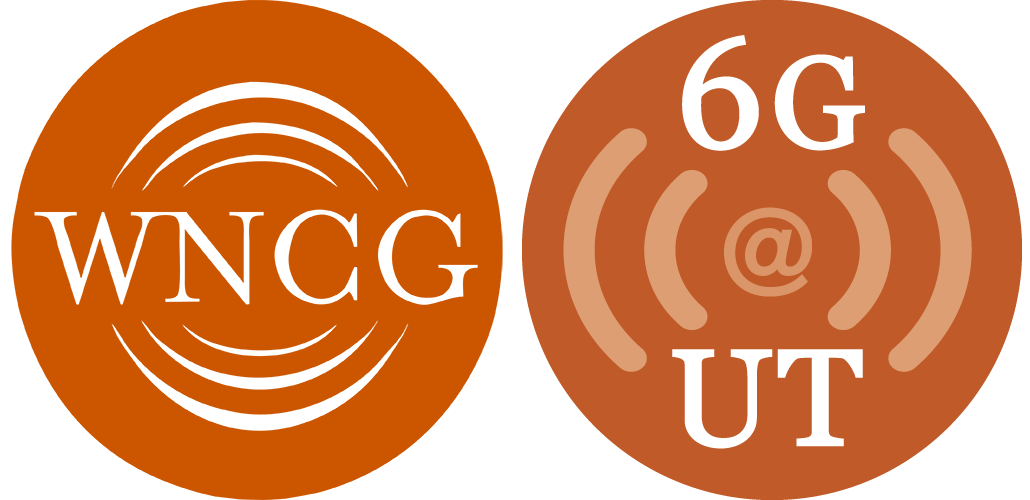Cross-correlations between two GPS receivers of the unknown encrypted military P(Y) code are used to detect spoofing of civilian GPS signals. This type of detection algorithm is the only known defence against certain sophisticated spoofing attacks. A particularly nefarious spoofing attack strategy starts by overlaying false GPS radio-navigation signals exactly on top of the true signals. It slowly lifts the receiver tracking loops off of the true signals via power increases of its false signals. Finally, the spoofer moves the false signals in a way that drags the receiver's tracking loops and its navigation solution to erroneous, but consistent results. Such an attack could do major damage to infrastructure, life and limb, or the environment. For example, cell phone service could be disrupted through degradation of GPS-based tower clock synchronization. An aircraft could be tricked during low-visibility conditions to fly into the ground miles short of the runway. A commercial fishing boat could poach undetected in restricted waters while being monitored by a regulatory agency's mandated on-board GPS receiver.
Cross-correlation techniques exploit known carrier-phase and code-phase relationships between the civilian C/A pseudo-random number code and the encrypted military P(Y) code. These relationships enable independent isolation of the unknown P(Y) code in two receivers, one in a location that is secure from spoofing attack and the other in a vulnerable location. Cross-correlation of the two isolated P(Y) signals will produce a high correlation peak under benign conditions, but the correlation will be nearly zero if the second receiver is subjected to a spoofing attack.
Results will be presented for the first known detections of sophisticated spoofing attacks. They will illustrate an ability to use a highly filtered and distorted version of the P(Y) code, as would be available in a low-cost, narrow-band C/A-code receiver. The results will also demonstrate the advantages of semi-codeless cross-correlation techniques in comparison to codeless techniques. Semi-codeless techniques yield significant reductions in the required detection time for given upper limits on the false-alarm and missed-detection probabilities.
Bio:Mark Psiaki holds a B.A. in Physics (1979) and an M.A. (1984) and Ph.D. (1987) in Mechanical and Aerospace Engineering, all from Princeton University. He has been on the faculty of the Sibley School of Mechanical and Aerospace Engineering at Cornell University since 1986 and currently holds the rank of professor. He has conducted research in the areas of estimation and filtering, GPS/Galileo/GNSS receivers and applications, spacecraft attitude and orbit determination, aerospace vehicle guidance, numerical trajectory optimization, and dynamic modeling of satellites, aircraft, and wheeled vehicles. He has authored or co-authored more than 50 refereed journal articles, more than 90 conference papers, and 3 U.S. patents. He has received 6 best paper awards for AIAA conferences along with the Institute of Navigation's Burka award for the best paper in a volume of Navigation. He has spent 2 sabbatical leaves at the Aerospace Engineering Faculty of the Technion in Haifa, Israel, where he held appointments as a Lady Davis visiting faculty member.

